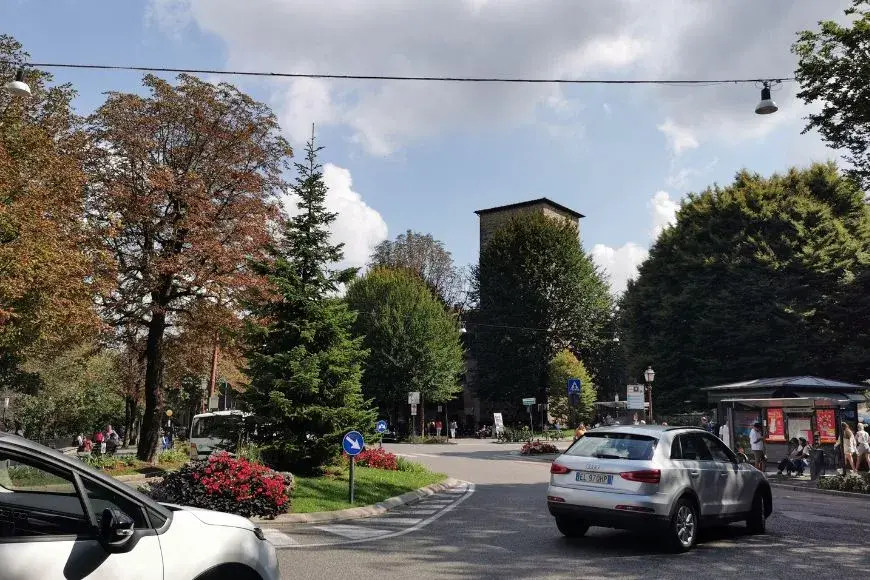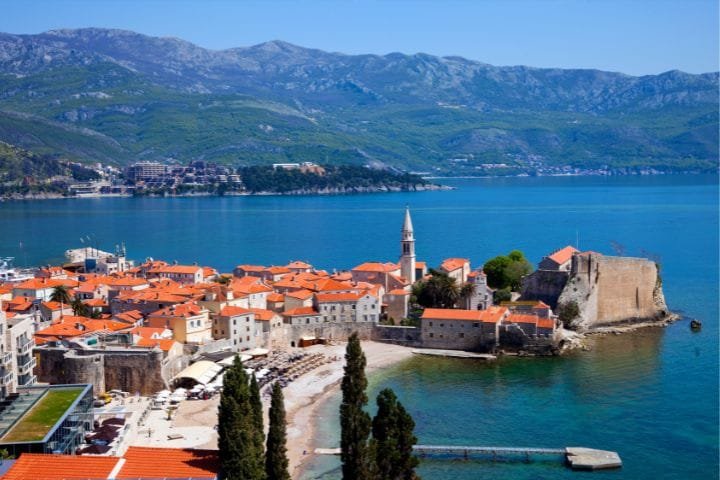The Complete Guide to Europe’s Highway Vignette System in 2025

by Hwan | Last Updated November 30, 2025

Navigating Europe’s roads can be a breeze—until you encounter an unexpected toll booth or, worse, receive a fine for not having the proper vignette! Did you know that in 2024, over 2.3 million tourists were fined for vignette violations while driving through European countries?
The continent’s patchwork of highway payment systems can be confusing, with some countries using traditional toll booths while others have adopted the increasingly popular vignette system.
Whether you’re planning a European road trip or a business journey across multiple borders, understanding how vignettes work is essential for stress-free travel, in this comprehensive guide, we’ll break down everything you need to know about Europe’s highway vignette system in 2025, including which countries require them, how to purchase them, and tips to ensure you’re always compliant with local regulations!
What is a Highway Vignette?
Have you ever been driving through Switzerland or Austria and wondered about those little stickers on windshields? Those are highway vignettes, folks! They’re basically permission slips that say, “Yep, I paid to use these fancy roads.” Trust me, I learned about these the hard way back in 2018 when I got slapped with a €120 fine in Slovenia.
Vignettes started as actual paper stickers you’d stick on your windshield (some countries still use em), but many have gone digital now—just register your license plate online and you’re good to go. Way easier than fumbling with a sticker while border guards wait!
Unlike traditional toll booths where you pay per use, vignettes give you access for a specific time period. You can usually choose between daily, weekly, monthly, or annual options depending on your travel plans. This time-based system is perfect for tourists like us who just wanna explore without stopping every 30 miles!
Countries Using the Vignette System in 2025
Keeping track of which countries need vignettes is like trying to remember which relatives like fruitcake – it changes every year! As of 2025, Austria, Switzerland, Czech Republic, Slovakia, Slovenia, Hungary, Romania and Bulgaria are the vignette veterans in Central and Eastern Europe. Each has their own system, and I’ve forgotten my Hungarian e-vignette twice now – don’t be like me!
The Baltic region joined the party, too, with Latvia implementing digital vignettes last summer. This is a total game-changer for Baltic road trips! Even Portugal surprised everyone by switching some highways to a vignette system in early 2025, moving away from its traditional toll booths.
Belgium and the Netherlands are halfway through transitioning to vignettes for tourists while keeping their local electronic systems for residents. The paperwork was a nightmare when I drove through Brussels in March, but their new app makes it much easier now. Always check the latest requirements before your trip—these systems change faster than my mom’s dinner plans!
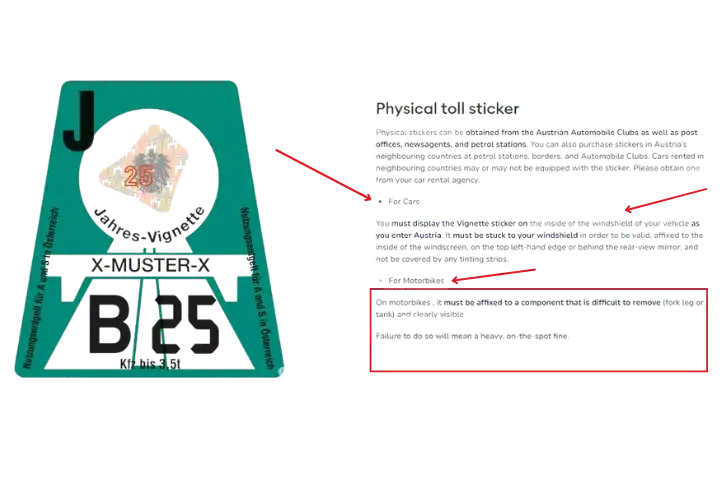
How to Purchase and Display Vignettes
Buying vignettes isn’t rocket science, but it can be a head-scratcher your first time! Most countries give you plenty of options – I’ve grabbed physical vignettes at gas stations just before border crossings in Switzerland- but you’ll also find them at post offices and tourist info centers. The staff rarely speaks perfect English, so have your license plate number written down.
These days, digital is the way to go when possible. Countries like Austria (asfinag.at) and Hungary (nemzetiutdij.hu) have official websites to purchase e-vignettes before your trip. I’ve bookmarked all these sites on my phone – I learned that lesson after driving around Prague for an hour looking for a place to buy one!
For physical vignettes, placement matters BIG TIME:
- Austria wants it on the inside left corner of your windshield.
- Switzerland prefers the center.
Put it in the wrong spot, and some eager traffic officer might still ticket you. Most digital systems just need your license plate correctly entered – double-check those numbers! Nothing worse than paying for a vignette for “BV1234X” when your plate is actually “BV1243X.”

Vignette Costs Across Europe
Vignette prices will make your wallet feel different depending on where you drive!
- Switzerland’s annual sticker costs about 42 euros—pretty much your only option there.
- Austria charges around 96 euros for a year but offers a 10-day option for about 11 euros, which is perfect for quick trips.
- Hungary’s system is super cheap by comparison, with weekly vignettes running about 15 euros.
Your vehicle matters BIG TIME for pricing! Driving our campervan through Slovenia cost nearly double what our little hatchback would’ve paid. Some countries like Austria and Czech Republic now factor in emission standards too—our older diesel got slapped with a 20% surcharge in Austria last summer. Talk about motivation to go green!
Most countries take credit cards, but I always keep some local currency handy. Got stuck at the Slovak border once when their card machine was down! Annual vignettes are obviously the best deal if you’ll visit more than 3-4 times a year. The 10-day options have gotten pricier in 2025, with Czech Republic raising short-term rates by nearly 15% while keeping annual prices stable.
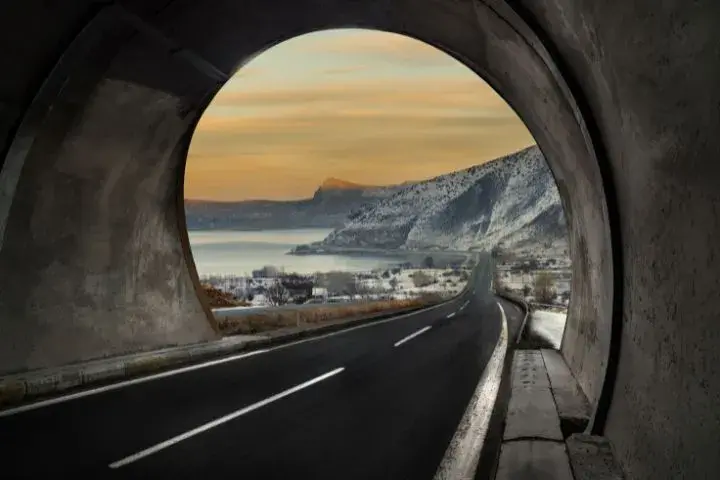
Digital vs. Physical Vignettes
The vignette world’s gone digital very fast. Hungary, Romania, and Slovakia ditched paper entirely – you won’t find a physical option there anymore. Austria and the Czech Republic offer both, but they’re clearly pushing everyone toward digital. I remember peeling off old Swiss vignettes – don’t miss that nightmare!
Digital vignettes rock because there’s no sticker to mess with, and you can buy them from your hotel room at midnight when you suddenly realize you’re crossing into Austria tomorrow! The downside? No visual reminder on your windshield, so I’ve definitely paid twice by accident. Plus, if you mess up entering your license plate number, you’re basically driving without a valid vignette.
Those sneaky ANPR cameras scan plates automatically these days. They’re everywhere in Hungary – on highway entrances, random gantries, even in some police cars! When the system flags you, officers down the road get notified instantly. I’ve seen them pulling over cars at rest areas for checks.
If your digital registration goes sideways, screenshot everything and contact the highway authority immediately. Most countries have a small grace period for corrections. The future looks fully digital—word is even Switzerland might finally ditch its famous sticker by 2027. Progress, I guess, but I’ll kind of miss those little windshield badges!
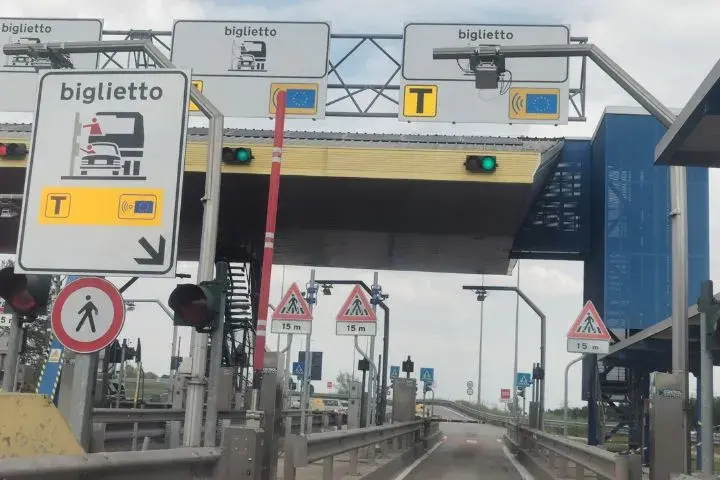
Penalties and Enforcement
Let me tell you, getting caught without a vignette will hurt your vacation budget way more than that fancy dinner in Vienna! Austria hits the hardest with fines starting around €120 but potentially climbing to €240 if you don’t pay up quick. Switzerland isn’t much kinder at about 200 Swiss francs, while Hungary’s base fine of €78 doubles if not paid within 30 days.
Most countries have gotten super sophisticated with enforcement. Fixed cameras at borders and random mobile checkpoints are standard, but Hungary and Romania have these sneaky unmarked vans parked on overpasses scanning plates. Been there, spotted one too late! Some countries even share violation data now – get flagged in Slovenia and Austria might look for you too.
The appeal process is usually an uphill battle. My friend Mark got fined in Czech Republic because his digital vignette was registered for “UK” plates instead of “GB” – his appeal took three months but eventually succeeded.
Keep ALL your purchase receipts and screenshots as proof! Most common mistakes? Entering wrong plate numbers, confusing start dates (especially with time zones), and thinking your rental car already has a valid vignette. Always double-check with the rental company – they rarely include vignettes outside Switzerland!
Special Considerations for Tourists and Non-Residents
Renting a car in Europe doesn’t mean vignettes are automatically covered! I learned this lesson the expensive way in Austria when our rental company charged us €50 for a vignette PLUS a €25 “service fee.” Always ask about vignette policies upfront—some companies include them, others expect you to handle it yourself. And get it in writing!
Language barriers can make vignette shopping tricky. Most border stations have English-speaking staff, but I’ve found Google Translate’s camera feature to be a lifesaver when faced with Hungarian vignette instructions. Take screenshots of translations for common phrases like “license plate” and “validity period” before your trip.
Planning multi-country routes? Map your border crossings carefully! I once detoured through Slovakia for just 30 minutes and had to buy a whole week’s vignette. Sometimes, going the slightly longer route through a country where you already have a vignette saves money.
If you suddenly need to cross into a vignette country, most borders have 24-hour shops where you can purchase one. In emergency situations, Hungary and Slovenia give you a small grace period (usually until midnight) to purchase a digital vignette after entering. Just don’t push your luck—I’ve seen rental cars being pulled over just 5km past the Austrian border!

Environmental Impact and Future Developments
Europe’s getting serious about tying vignettes to how much your car pollutes! Austria’s already charging higher rates for gas-guzzlers, and I watched Switzerland roll out emissions-based pricing last year. My sister’s electric car got a sweet 30% discount in Slovenia, while my diesel wagon paid full price. Talk about motivation to go green!
The EU has been pushing for a unified system forever, and rumor has it that we might actually see the “EuroVignette” digital platform launch in late 2026. The goal is one app for all countries, which would be a total game-changer for road-trippers.
Some countries are testing dynamic pricing where vignettes cost more during peak tourist seasons. Czech Republic piloted this last summer, and honestly, it worked pretty well – shorter lines at border crossings in August! The coolest tech on the horizon? Vehicle-to-infrastructure systems that’ll automatically register and charge you as you cross borders. No more forgetting to buy vignettes!
The shift toward environmental goals is clear – by 2026, most vignette systems will likely include carbon impact in their pricing models. My buddy just got back from Austria where they’re already talking about free vignettes for zero-emission vehicles by 2027. Might be time to consider that EV I’ve been eyeing!
🚗🛣️ Must-Read Prep Guides Before You Hit Europe’s Toll Roads
Before you commit to tolls or vignettes, make sure you also check out these planning and travel-ready guides for a smoother, safer European road trip:
- How to Plan a European Road Trip — starting point for routes, regulations, and all travel essentials.
- Europe Fuel Cost Calculator: Plan Your Budget — estimate fuel and toll costs before you go.
- Best Europe Road Trip Apps to Download — must-have navigation, map, and toll apps for seamless driving.
- One-Way Car Rental Europe No-Fee Guide — great if you plan point-to-point travel without returning to your start.
- Essential Europe Car Travel Packing List — ensure you have all necessary gear, paperwork, and safety items before departure.
- Car Breakdown in Europe: What to Do — useful advice on roadside emergencies and how to handle breakdowns across Europe.
- Best Travel Insurance for Europe Road Trippers — recommended for cross-border travel, adverse weather or unexpected events.
Final Words
Navigating Europe’s highway vignette system doesn’t have to be complicated! By understanding which countries require vignettes, how to purchase them, and what the costs are, you can enjoy seamless travel across the continent without worrying about unexpected fines.
Remember to research the specific requirements for each country on your itinerary before setting off, and consider purchasing digital vignettes where available for added convenience.
As Europe continues to evolve its road charging systems, staying informed about the latest developments will ensure you’re always prepared for your journeys.
Ready to hit the European highways? Make sure your vignette checklist is complete, and enjoy the beautiful landscapes and diverse cultures this wonderful continent has to offer!
💬 We’d love to hear from you!
Have questions, tips, or personal travel stories to share? Drop them in the comments below — your insights help fellow travelers plan their adventures too.


